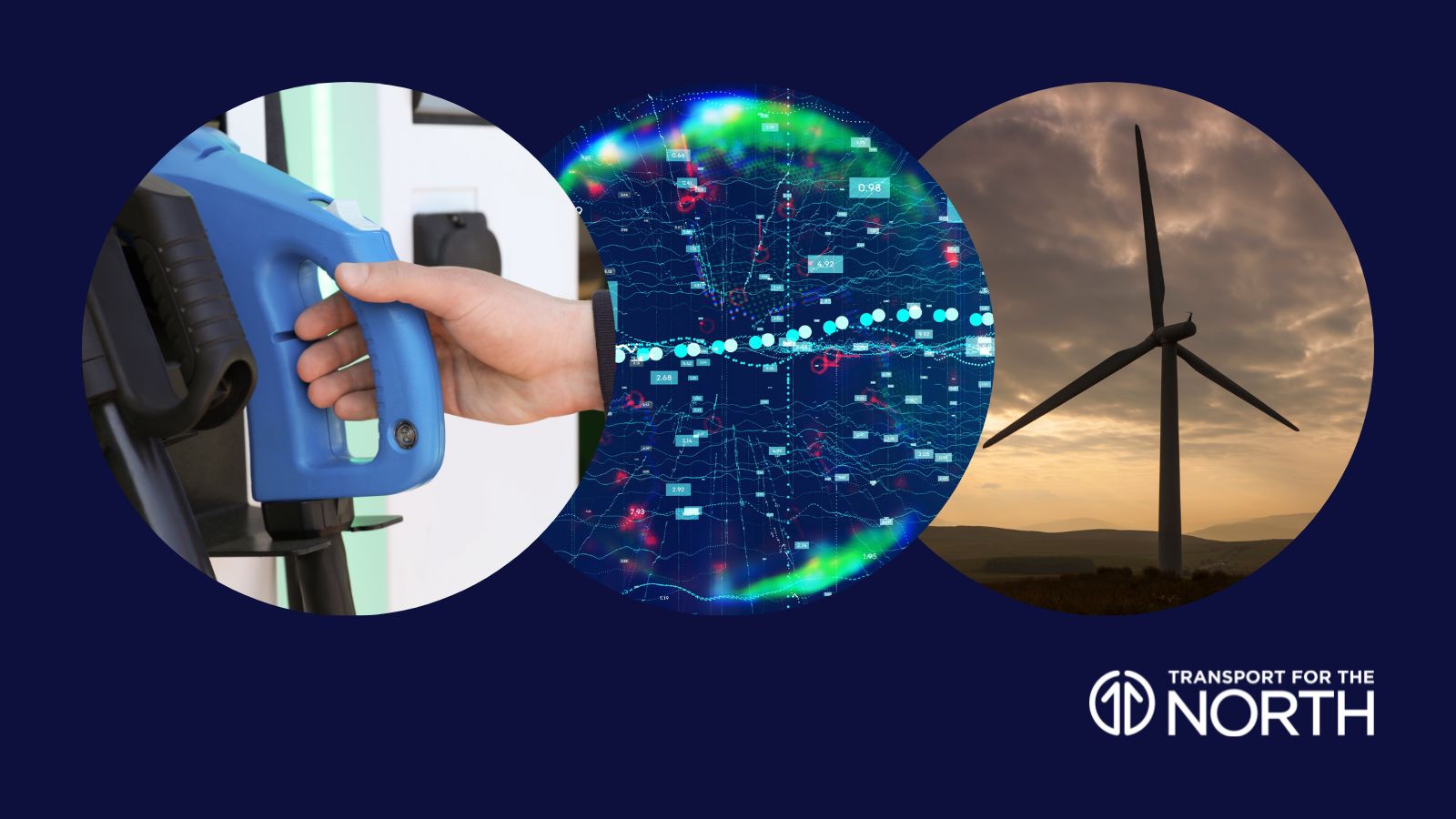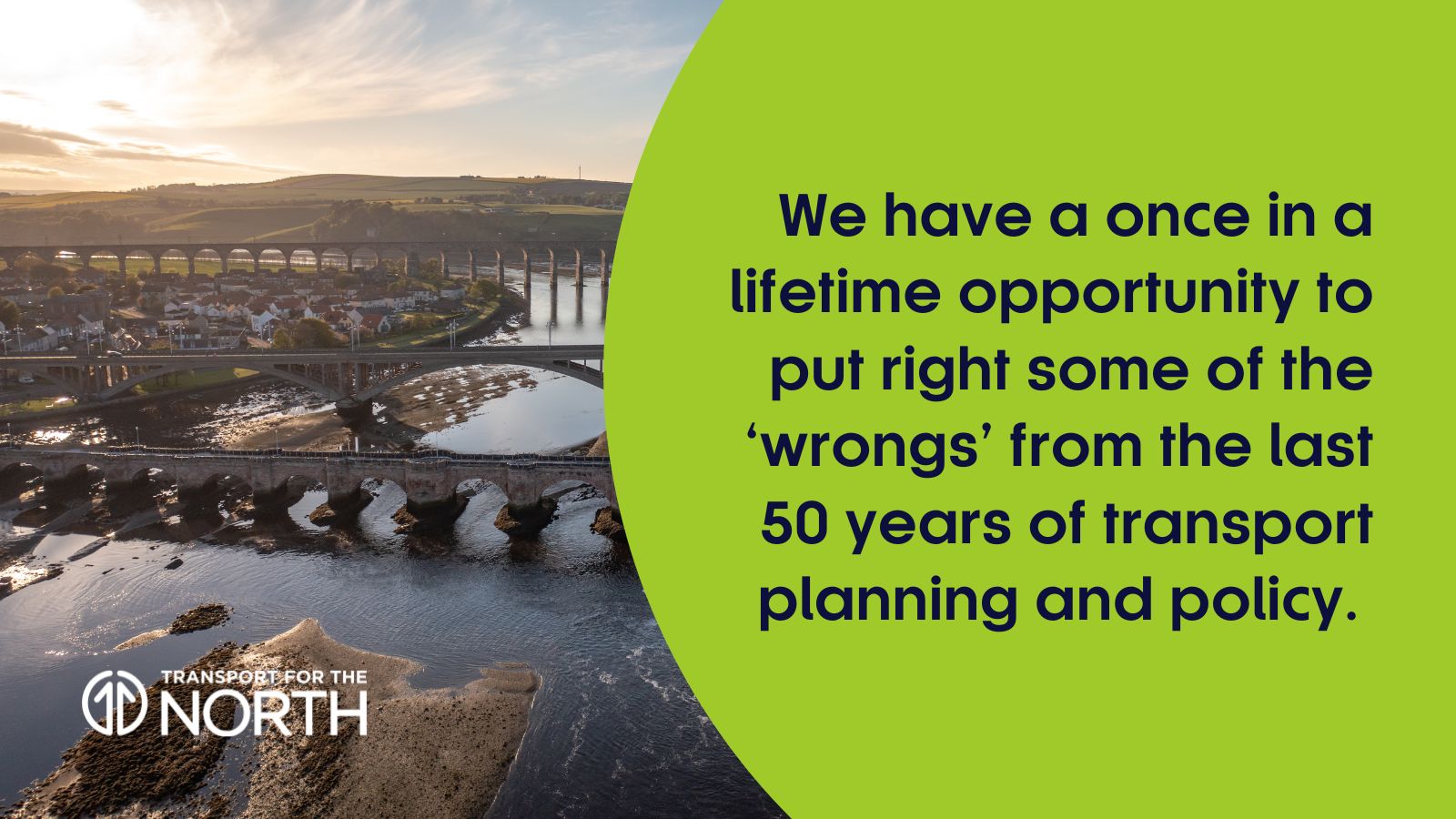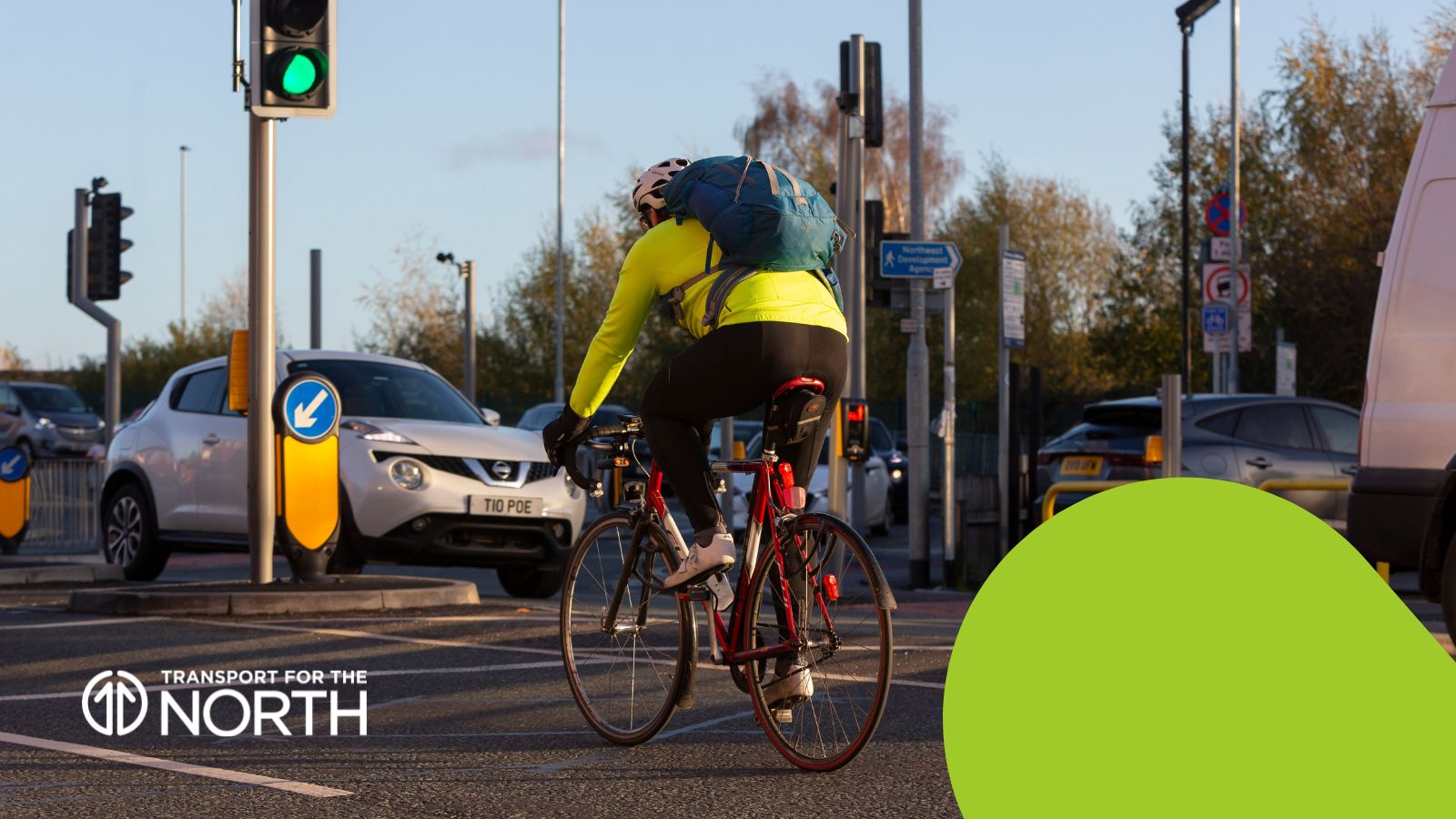Condensing an answer to the question ‘what will it take to decarbonise transport?’ is no easy task. But in this Insight, our Head of Decarbonisation, Peter Cole, outlines two key elements he believes should be used as a starting point.
The reality of the climate emergency puts an onus on all sectors of the economy, across both public and private, to tackle their carbon emissions and find cleaner, greener ways to operate.
The challenge for companies, communities and individuals is to recognise their own impact and then find the most effective ways to address their overall burden on the environment.
In the UK, surface transport is the largest contributing sector to greenhouse gas emissions, accounting for 22% of all emissions in 2019, of which more than 95% are from road transport.
It’s therefore our focus here at Transport for the North to work with partners to accelerate the move towards reaching a near-zero carbon network by 2045. To do that, we much focus on several key factors.

Data, data, data. Reliable and accurate evidence and data underpins much of what we do in life, and decarbonisation is no different.
Without data, we don’t know our starting position and without that, any targets are pretty much meaningless. In a world of major resourcing constraints data can help us focus our resources on activities and measures that will produce the most carbon reductions, as well as supporting those geographical places and sections of our communities who face the biggest challenges to decarbonise (such as public residential charging and rural public transport).
We’re fortunate at Transport for the North to have strong research, appraisal and modelling teams which allows us to underpin our strategies, tools and guidance with robust empirical and modelled data, such as our Electric Vehicle Charging Infrastructure visualiser tool and our Transport Related Social Exclusion data tool.

The next consideration is inclusivity, because decarbonisation won’t happen ‘to’ people – it requires behaviour change that for the most part will be locally led.
Travel Survey Data from 2021 estimates that about 25% of the North’s households don’t have access to a car or van. So whilst alternative fuel technologies and Electric Vehicles will play an essential role in decarbonising travel, an approach that successfully delivers modal shift towards public transport and active travel is likely to reduce inequalities and social exclusion.
We have a once in a lifetime opportunity to put right some of the ‘wrongs’ from the last 50 years of transport planning and policy. This will enable communities to enjoy the potentially massive economic, social and environmental benefits which can be underpinned through increased connectivity, by sustainable means.
Our soon to be published Socially Inclusive Transport Strategy identifies the strong links between inclusion and decarbonisation, a theme which we will build upon in our Decarbonisation Strategy Update due in 2025.

There are a number of other essential pre-determinants to successful decarbonisation. This includes promoting a requirement for ‘cross-system’ planning and the need for nationally significant marketing and communication campaigns.
By adopting this approach, it will not only help people understand why changes are necessary but also paint a compelling positive vision of the wider benefits transport decarbonisation can bring to our places and lives.
Making sure those changes are fair, inclusive, and underpinned by robust evidence and data will be a good start.
Click on the cover below to read our Transport Decarbonisation Strategy: